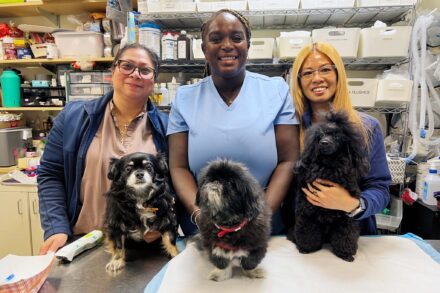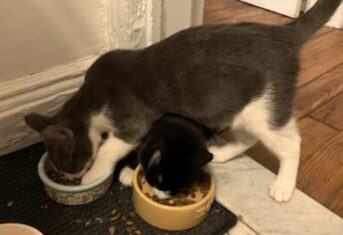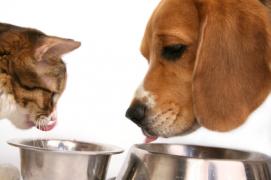Less Than 5% of Pet Owners Know How to Handle Pet Food Safely. Do You?

Less Than 5% of Pet Owners Know How to Handle Pet Food Safely. Do You?
I started 2022 with my suggestions for choosing the right food for your pet. This week I want to follow up with some tips for safe handling of pet food and treats, based on the United States Food and Drug Administration’s (FDA) Guidelines. These guidelines are designed to protect pets and pet owners against infectious agents such as Salmonella and Listeria, two of the more common pet food contaminants that result in pet food recalls.
These microorganisms are just a few of the food borne illnesses that could make you or your pet sick.
The FDA Guidelines for Safe Pet Food Handling
The FDA tips for safe handling of pet food and treats are quite simple, requiring only four bullet points to describe:
- Purchase food that does not have damage to the bag or can.
- Wash your hands for 20 seconds before and after preparing your pet’s food. Use hot water or your dishwasher to wash the utensils and bowls after each use.
- Store pet food safely: refrigerate open cans, store open bags in a cool dry place, dispose of unwanted pet food where no animals can find and consume it.
- Avoid raw pet food, which is more likely to contain harmful bacteria.
Only 5% of Pet Owners Know Basic Pet Food Hygiene
With simple guidelines like this, one would think every pet owner would comply, yet a recent publication in PLoSOne reports otherwise. In this study, veterinary researchers at North Carolina State University surveyed over 400 pet owners and found less than 5% were aware of the FDA tips for safe handling of pet food and treats. Bowl washing practices varied greatly. The largest number of owners reported washing their pet’s bowl once a week, and some never washed their pet’s bowl! A subset of the pet owners agreed to have their pet’s bowls swabbed for bacteria and the results were not surprising – the less hygienic pet families had significantly more bacteria growing in their pet’s food bowls.
The FDA Guidelines for Safe Pet Food Handling Work
In the study above, pet owners were put into three study groups. Two groups were requested to follow variations of the FDA tips for safe pet food handling while another group did not change their pet food handling practices (the control group). Those following the FDA guidelines decreased the bacteria counts on their pet’s food bowls, while the control group saw no change in bacteria counts. Hot water or dishwasher washing of pet food bowls decreased bacteria counts more than washing with cold or lukewarm water. The type of pet food bowl, glass, ceramic, plastic or metal did not influence the level of bacterial contamination.
A Final Message for Pet Owners
The FDA’s pet food and treat handling tips can help to keep your entire family healthier – fur members included – so wash your hands and put your pet’s food bowl in the dishwasher every day. Your pets deserve healthy food and so do you.

































